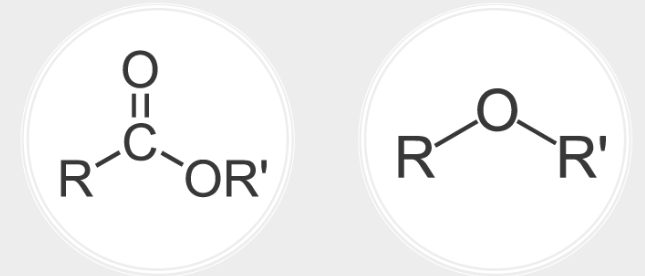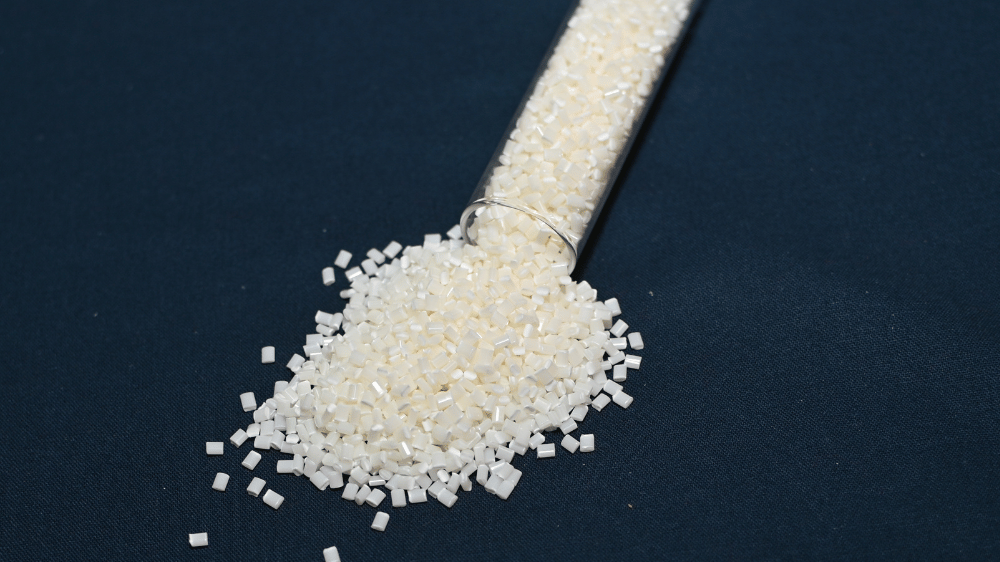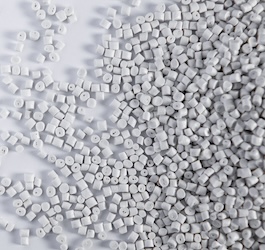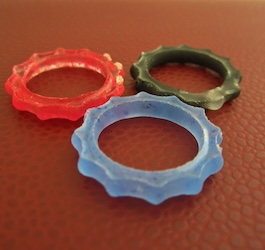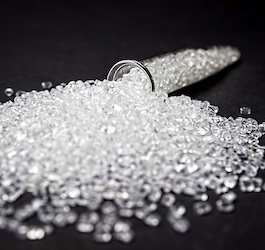Choosing the Best Resins for Ultrasonic Welding: A Comprehensive Guide

Ultrasonic welding is a widely adopted method for joining thermoplastic materials. This process uses high-frequency ultrasonic acoustic vibrations to create a solid-state weld, making it fast, efficient, and suitable for a wide range of applications. However, the success of ultrasonic welding largely depends on the selection of appropriate resin materials. This article delves into the considerations for choosing the best resins for ultrasonic welding, aiming to guide manufacturers in achieving strong, reliable welds.
Understanding Ultrasonic Welding
Before selecting a resin, it's crucial to understand the fundamentals of ultrasonic welding. The process involves applying ultrasonic vibrations along the joint between two parts. The vibrational energy is converted into heat through friction, melting the resin at the point of contact and creating a bond as it cools. The efficiency of this process depends on the resin's ability to conduct and withstand the vibrational energy without degrading.
Key Resin Properties for Ultrasonic Welding
The ideal resins for ultrasonic welding possess certain characteristics that facilitate the welding process and ensure a high-quality bond:
• Amorphous vs. Semi-Crystalline Polymers: Amorphous polymers, like ABS, Polycarbonate, and PVC, are generally more suitable for ultrasonic welding due to their wide melting range and ability to absorb vibrational energy efficiently. Semi-crystalline polymers, such as Polyethylene and Polypropylene, can also be welded but require more precise control over the welding parameters.
• Viscosity: Lower-viscosity resins tend to flow more easily when melted, allowing for better weld joint formation. However, the resin must also have sufficient molecular weight to ensure that the welded joint has adequate strength.
• Compatibility: When welding two different materials, their compatibility plays a critical role. Ideally, the resins should have similar chemical structures and melting temperatures to ensure a strong bond.
Recommended Resins for Ultrasonic Welding
Based on the aforementioned criteria, several resins stand out as particularly suitable for ultrasonic welding:
• ABS (Acrylonitrile Butadiene Styrene): Known for its good balance of toughness, rigidity, and weldability, ABS is a popular choice for applications requiring strong welds.
• Polycarbonate (PC): PC offers excellent mechanical properties and clarity, making it ideal for medical devices and other transparent applications.
• Polyamide (Nylon): With its high strength and thermal resistance, Nylon is suitable for automotive and industrial applications where durability is crucial.
• Polypropylene (PP) and Polyethylene (PE): Despite being semi-crystalline, these polymers can be effectively welded by adjusting the welding parameters, thanks to their widespread use and favorable cost-performance ratio.
Optimizing Welding Parameters
Beyond selecting the right resin, achieving a successful ultrasonic weld also requires optimizing the welding parameters, including energy, amplitude, and pressure. These parameters should be tailored to the specific resin characteristics and the design of the parts being welded.
Selecting the best resin for ultrasonic welding is a critical step in ensuring the strength and reliability of the welded joint. By understanding the key properties that affect weldability and focusing on materials that are well-suited to the ultrasonic welding process, manufacturers can enhance product quality and performance. As technology advances, staying informed about material properties and welding techniques will continue to be essential for successful ultrasonic welding applications.





